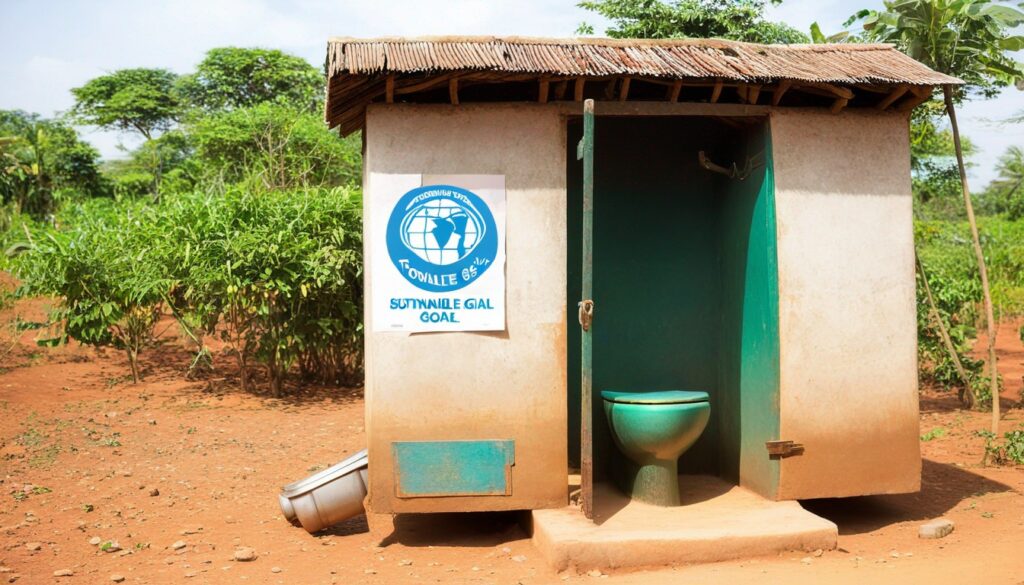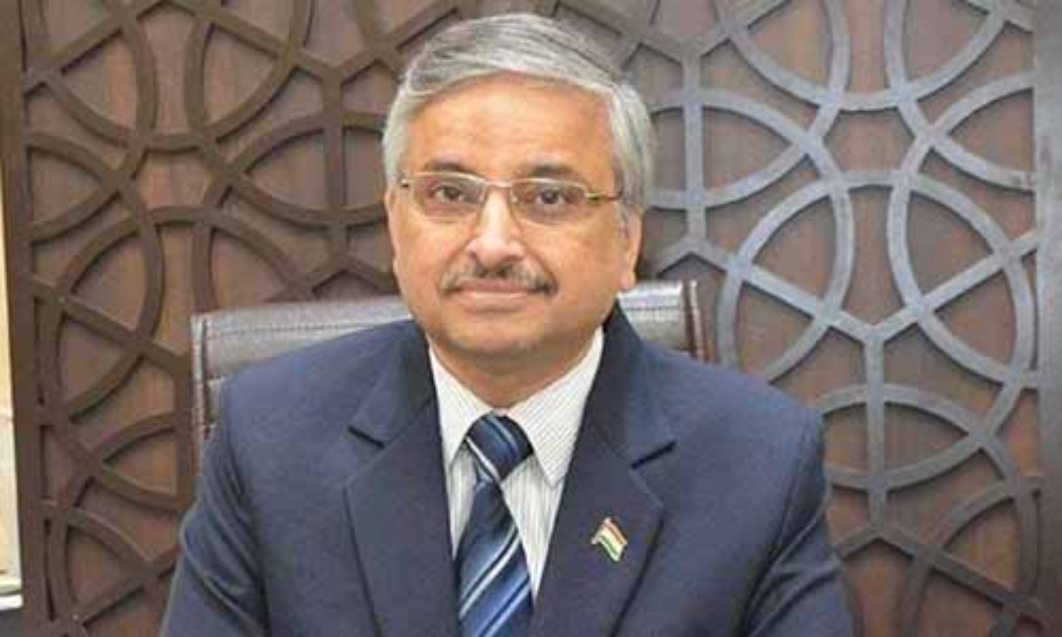
Elevating Patient Food in Your Hospital
Interview with Kevin Dorr, SVP Culinary Strategy & Innovation – Compass One Healthcare and Chef Jeffrey Quasha, Sr. Director of Culinary Innovation – Compass One Healthcare
Patient food is at the core of healthcare foodservice operations and the patient experience. Hear from culinary leaders on how small changes can make a big impact as we flip the script on the perception of “hospital food.”
Watch the full video below or keep scrolling to read.
—
This video is part of Compass One Healthcare x HealthTrust Podcast Series.
—
Q: Hospital food doesn’t have a great history. What’s the status of hospital food today?
Kevin Door: It doesn’t have great credibility. Now obviously, things have changed and people are putting out better and better food. The concept of putting out amazing food that happens to be served in a hospital is really starting to change the mindset.
Q: How do you elevate food and remove the stigma of hospital food?
Chef Jeffrey Quasha: Actually, we just want to kick the walls down. For years, we had such an amazing elevated standard in retail, but then you would walk through the double doors into the kitchen and then we had patient food. What we’re trying to do is ensure the same experience happens for all of our guests. The doctor, the retail experience, the patient experiences are all the same food. It just starts with great food. First, it’s going to be the same recipes, the same cookbook and the same chefs preparing. Ideally, it’s the same food across our entire campus.
Kevin Door: They all need a balanced diet. They all want foods and flavors that are interesting and exciting and not to be treated as a patient. They want to be treated as a customer.
Q: If you are running a restaurant, you want the diner to be satisfied and get the best food possible. It’s the same mindset, right?
Kevin Door: To be honest, they have choice. They don’t have to be at that hospital in that space. Maybe the food program can help them with choosing a healthcare facility.
Q: You mentioned diet earlier, Kevin. So many patients coming in and out of hospitals. Sure. Every patient has different dietary needs or restrictions. How do you tackle that aspect of hospital dining?
Kevin Door: The first thing is to stop thinking of diets as the restrictive part. Instead, it’s thinking about what people can have. A renal diet’s a great example. Many times, they can’t have potatoes. Well, just because you can’t have potatoes doesn’t mean you must eat rice every day. There’s a lot of opportunities. On the culinary side, there are a ton of ways to create flavor. Instead of thinking about what we can remove from the food, we’re trying to figure out what we can put in.
Chef Jeffrey Quasha: A lot of it is just going back to basic culinary principles. Instead of leading with salt, we lead with flavor. So adding citrus, fresh herbs and spices. It’s like layering in flavor.
Kevin Door: I always think ingredients are like chapters in stories. When you put all the ingredients together, you have an amazing novel. We try to put that into every single dish.
Q: How do you maintain consistency with quality from hospital to hospital?
Chef Jeffrey Quasha: We have amazing tools. We have the ability to send out something like a homework assignment. Recently, we asked our chefs to show us their chicken marsala or show us some of the new items that we’ve created for patients? So, we have the ability in real time to send out an assignment, and then they’re sending back actual images of their dishes. And then we can do virtual coaching. Our chefs are super engaged. I think that’s one way that we’ve been able to tackle having over a thousand hospitals across the country. We’ve also done culinary expos where we brought our regional teams together, and we’ve gone hands on in a kitchen. We’re actually cooking and working together and showing them what right looks like. I think that’s been a huge part of our business lately.
Kevin Door: I think that’s the secret to that. It’s like you can either tell them or you can show them. And I think people want to be taught, especially on the food side. It’s such a visual. You want to taste it. You want to touch it. You want to feel it. You want to fully experience it. I think that has been some of the secret to success, being able to use our virtual manager platform to scale across 1,000 hospitals. I can guarantee the way we’re doing things and guarantee the outcome.
Q: Another area of focus has been food presentation. How important is that to patient satisfaction?
Kevin Door: Patients didn’t come to the hospital to eat. Yes, they’re going to eat while they’re here, but they didn’t come there for the food. Right. So, they may not even be in the mood. That’s why it’s even more important for it to look amazing. They may not even eat it or want to eat a lot of it, but the least we could do is to make it look amazing. Beyond just the food presentation, I think it has a lot to do with the full experience. That word may be overused these day, but everything down to the plate they are using. What does the China look like? What is the silverware? What kind of tray is it on? Just like a hotel or restaurant, every single touchpoint matters.
Q: You have to do that on a consistent basis, so people know what they’re going to get, right?
Chef Jeffrey Quasha: I think you nailed it. We get three chances a day to make it right. A lot of us have been the patient. We know the importance food can have on a hospital stay. Between routing and the nurses coming in and out of the room, there are three experiences that the patient can potentially control. If we don’t meet expectations, then the patient might not eat again until the next morning. So, we want our guests and patients to crave that next meal because it’s exciting and it’s a huge opportunity. We get 340 million opportunities a year, so we want to make sure that every single plate matters.
Q: We all know that food is medicine. So, if it if it looks good, smells good and tastes good, they’re going to be more inclined to eat healthy food, heal faster, be out of the hospital sooner. What is the impact of that?
Kevin Door: It is often said, food’s not nutrition until you eat it, So, you can have how many calories are in something on a spreadsheet, but it doesn’t matter unless it’s delicious first.
Q: Let’s talk about variations on menus. How do regions of the country and demographics impact our menus?
Chef Jeffrey Quasha: It’s fun. It’s a great challenge to have. We always start with great food, but we do a lot of research. What is Panera doing or what are our competitors doing? Because we want to make sure that if something is trending, we are on top of it. For example, the citrus poke cake that we served as one of our holiday promotions was actually a TikTok trend. So how cool is it to take a social media disruption and then apply it to our patient dining. We have an unlimited supply of amazing dishes that we can create. We can do our little twist on modern comfort.
Kevin Door: I think it’s important to know your customer. That goes back to a retail mindset that instead of thinking about it as all patients, we try to understand our guest. We have 1,000 accounts in 40 states. The folks that eat in the Pacific Northwest are very different than the Deep South. And we should have our food reflect the communities in which we serve.
Q: How do you know you’re giving the patients what they want? How do you get feedback?
Kevin Door: You ask them. At the simplest format, it’s no different than the restaurant world I came up, they call it a table touching. Are you going to get out of the kitchen to go see? Did all your work to put food on that plate come out as you wanted? One of the things we have chefs do is round every day to be up on the floor talking to patients. That gives them a better vibe for what’s going on. If there were any mistakes or maybe somebody didn’t get what they wanted, maybe they didn’t know it had onions on it and it had onions and they wanted that something different. It allows us to perform service recovery.
Q: Where do you see us going in the future?
Chef Jeffrey Quasha: I think what we are doing and what we’re about to do is going to revolutionize health care, food service, and give it more of a restaurant feel all the way down to the trays. It’s more of a room service model that you would find in a hotel. We just put together 12 months of holiday promotions, limited time offers for patients, new regional and seasonal menus. It’s just an exciting opportunity, a great endeavor for us. The sky’s the limit.
Kevin Door: It is definitely a journey. I think one point is to be obsessed with our customer that happens to be a patient, understanding who they are and what they’re looking for. Food is medicine, but it also doesn’t have to be so clinical and technical. At the end of the day, these people are real people that have real experiences outside of the walls and they are only there for a short period. So all of their decisions and reflection points are based on what’s happening outside of the hospital. We should prepare foods and experiences that are much more like that. One of the things we say a lot of times is like what would Disney do if they were doing this right? That kind of mindset. Really trying to obsess around every single touchpoint. Yes, the food, but it’s actually many more pieces from the carts to the printed menus to the tray to the china. When we look back a year from now, we’re going to have made just a huge step forward on this journey. We’re pretty hyped about it.





